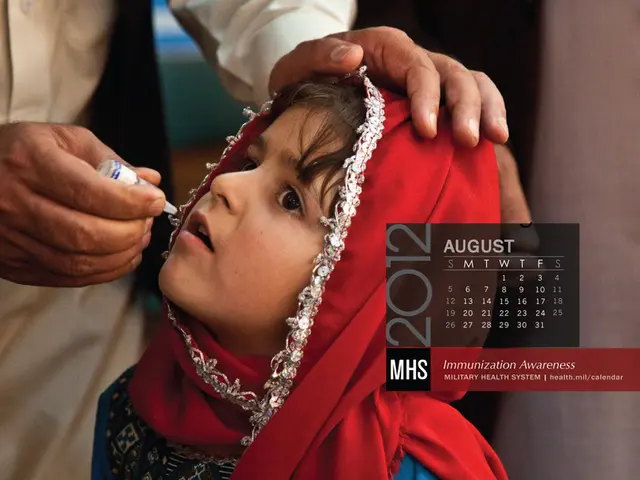Skilled surgeons in Omsk successfully restored the damaged hand of an injured patient.
Saving a Man's Arm: Omsk's Successful Complex Artery Reconstruction
In a remarkable display of medical prowess, a team of leading trauma and vascular surgeons in Omsk saved a man's arm from the brink of amputation.
The 43-year-old patient, who had suffered extensive injuries, was rushed to Medical Sanitary Unit No. 4 in a critical state. The catastrophe had turned his left shoulder into a battlefield, with lacerations on the upper third and damage to major blood vessels - the subclavian artery and vein. Upon arrival, he was also diagnosed with first-degree hemorrhagic shock, deep wounds on the lower third of his left leg, post-traumatic neuropathy of the ulnar nerve, and severe anemia due to blood loss.
With time ticking, the patient underwent immediate examinations including lab tests, X-rays, and surgical assessments. The gravity of the situation demanded swift action, and an emergency operation was performed the same day. The wounded areas were meticulously treated, and the damaged subclavian artery was repaired using advanced surgical techniques.
The operation was a collaboration between a vascular surgeon from the Omsk Regional Clinical Hospital, Albert Poyan, and a trauma-orthopedic surgeon from MSCC No. 4, Artem Skrebkov. Together, they painstakingly restored life to the vital blood vessels, preventing potential amputation.
Dr. Artem Pavlovich Skrebkov, trauma-orthopedic surgeon, explained the intricate procedure: "An incision of 15.0 cm was made on the middle and upper third of the left shoulder. The damaged subclavian artery and veins were exposed, and hemostatic clamps were applied. A venous graft was harvested from the superficial surface, and the veins were sutured. The ends of the damaged subclavian artery were exposed, and a repair was performed."
Following the operation, the patient was moved to the anesthesia and intensive care unit for intensive therapy and blood transfusions. The ordeal required four units of erythrocyte mass and an equal amount of plasma.
The patient was later transferred to the trauma ward and subsequently discharged in satisfactory condition for outpatient follow-up.
This miraculous turn of events sheds light on the exceptional cooperation among medical facilities in Omsk, which allows for life-saving interventions even in the most challenging circumstances.
While specific details about the surgical procedure and recovery for this particular case in Omsk may not be publicly available, complex artery reconstruction typically involves careful preoperative planning, precise surgical techniques, and meticulous postoperative care. Patients undergo thorough medical evaluation, imaging studies, and preparation for anesthesia before the operation. The choice of surgical approach depends on the location and complexity of the arterial disease, with open surgery or minimally invasive endovascular techniques being selected accordingly. Intraoperative monitoring is crucial during surgery, and patients are closely monitored for complications in the immediate postoperative period. Regular check-ups with imaging and follow-up care assess graft patency and signs of restenosis, ensuring a smooth recovery.
- I'm not sure if the specific details about the surgical procedure and recovery for this particular case in Omsk are publicly available, but complex artery reconstruction typically involves careful preoperative planning and meticulous postoperative care.
- The 43-year-old patient's medical condition was critical, with multiple health-and-wellness issues such as first-degree hemorrhagic shock, deep wounds on his left leg, post-traumatic neuropathy of the ulnar nerve, and severe anemia due to blood loss.
- The damaged subclavian artery was repaired using advanced scientific methods in the operation, which was a collaboration between a vascular surgeon and a trauma-orthopedic surgeon from two different medical facilities in Omsk.
- The treatment completed in Omsk serves as a testament to the successful implementation of therapies and treatments in complex medical-conditions, as demonstrated by the man's arm being saved from amputation.
- The patient's health-and-wellness status improved significantly after the operation, allowing him to be discharged in satisfactory condition for outpatient follow-up.






